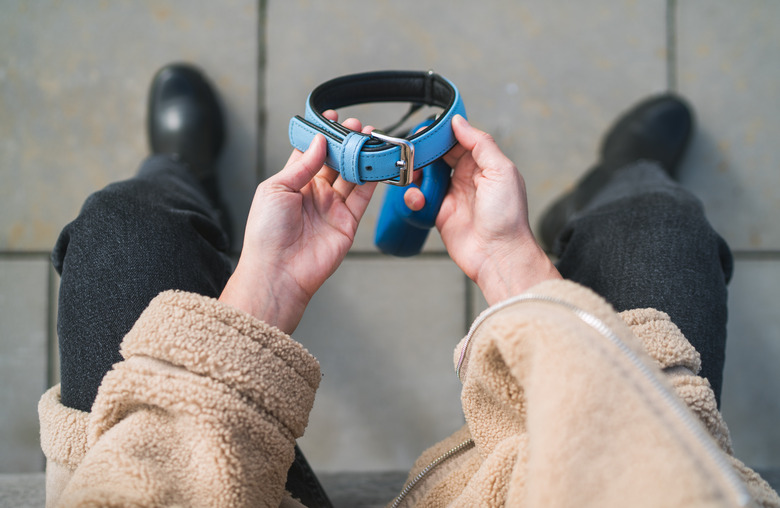American Vs. English Bull Dogs
The American bulldog is believed to have descended from the English bulldog. When choosing the breed that is right for you, consider the difference between the American and English bulldog, including their size, temperament, and health concerns.
English vs. American bulldog history
English vs. American bulldog history
The bulldog, or English bulldog, is believed to have originated in England in the 13th century to participate in the sport of bullbaiting. When this blood sport was banned in England in 1835, the breed began to evolve into more of a companion breed. The bulldog is well represented in both England as a national symbol and in the United States as a mascot for schools like Yale University and the University of Georgia.
The American bulldog, on the other hand, dates back to 17th-century Colonial America. The breed is believed to come from the English bulldog and was also used for baiting bulls as well as other animals, like bears and buffalos. They also worked as farm dogs, helping to catch larger livestock and protect the property.
The bulldog has long been recognized by the American Kennel Club (AKC). The breed was recognized in 1886 and is a member of the nonsporting group. The American bulldog is not recognized as a breed by the AKC, and the dogs cannot be registered with the organization. However, in 2019, the AKC accepted the American bulldog into the Foundation Stock Service.
American and English bulldog appearance
American and English bulldog appearance
There are many physical differences when comparing the English bulldog vs. the American bulldog. The bulldog grows 14 to 15 inches tall. Male dogs weigh 50 pounds, while females weigh 40 pounds. The dogs are heavyset and low to the ground with wide shoulders. They have a short, smooth coat that is red, white, fawn, or fallow in color. A combination of colors is allowed. Permitted markings include brindle, ticking, black masks and tipping, and piebald.
American bulldogs are much larger dogs. Males of the breed grow 22 to 25 inches tall and weigh 75 to 100 pounds. Females are smaller, growing 20 to 23 inches tall and weighing 60 to 80 pounds. They also have a short, smooth coat. The American Bulldog Association's breed standard allows the dogs to be white, pied, or up to 85 percent brindle, red/fawn, or black. Dogs must have a coat that is at least 15 percent white.
American bulldog vs. bulldog temperament
American bulldog vs. bulldog temperament
Despite their similar origins in bullbaiting. the American and English bulldogs have differences in temperament to consider. Of course, each dog is unique, and breed is not a reliable indicator of temperament.
The bulldog is described as calm, courageous, and friendly. They tend to be quite playful and have a medium energy level. They are sweet and easygoing, which makes training enjoyable. Make sure to socialize these dogs young and teach them to release things they are holding in their mouth. Some bulldogs have a tendency to become food aggressive without proper training and socialization.
The American bulldog is described as self-confident and loyal. They are highly athletic and need regular exercise to burn off their energy in a way that isn't destructive. The dogs thrive with higher levels of mental stimulation and typically enjoy training as long as positive reinforcement methods are used. Be consistent with your rules for the dog and make sure to socialize the puppies when they are young.
Bulldog health considerations
Bulldog health considerations
The bulldog is generally a healthy breed, but there are some concerns for which to monitor. The dogs have a short muzzle and can overheat easily, so make sure to supervise them when they are outdoors in hot weather. Monitor their breathing when it is hot and when your pup is playing and exercising. If his tongue is hanging out and turning a bluish tint, let him rest and soak him in cool water right away. It is OK for the bulldog to wade in shallow water, but he should never swim without supervision.
The American bulldog has several genetic health conditions of which to be aware. Responsible breeders will complete the health testing recommended by the breed association. Some hereditary conditions include hip and elbow dysplasia, allergies, the skin condition icthyosis, and canine neuronal ceroid lipofiscuionis.
References
- American Bulldog Association: The American Bulldog
- American Kennel Club: Bulldog
- American Kennel Club: American Bulldog
- American Kennel Club: Foundation Stock Service
- American Bulldog Association: American Bulldog Breed Standard and Rules
- American Kennel Club: Official Standard of the Bulldog
- American Bulldog Association: Health and Testing
